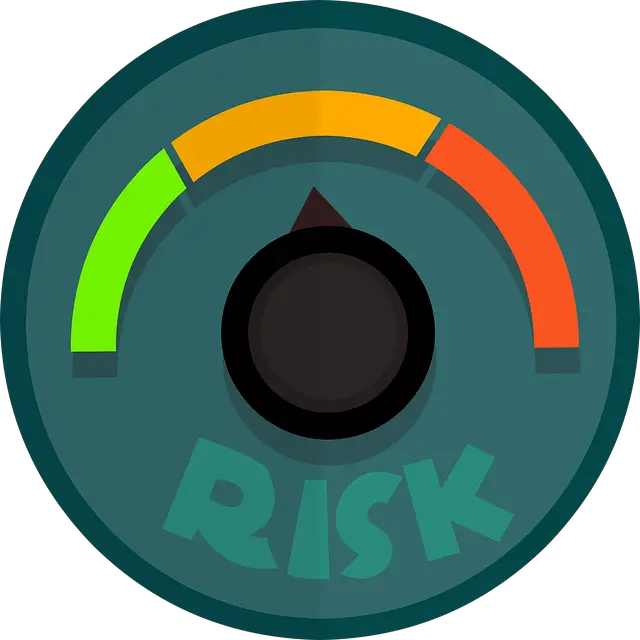
Risk management is the specific parameters traders put in place when trading to limit the losses on positions that go against them. Stop losses, position sizing, and trailing stops are all ways to manage risk in trades.
Stop Loss Meaning
A stop loss is meant to do exactly what it says, stop your loss. A stop loss sets the predetermined risk for your trade in monetary terms at a specific price level. You know at what price level you are getting out when you get in. A stop loss is your quantified price risk level that will tell you that a trade is a loser if it goes that far against you.
The first step in figuring out your stop loss level in a trade is to quantify “If this trade is going to work out for me then price should not go to this specific price level, the trade is unlikely to work out and I will need to exit.” A stop loss has to be given enough room for you to not be shaken out prematurely with normal price action but at the actual level that is meaningfully against you and shows price action is not conducive to profitability with your initial entry signal.
One of the simple principles that a trader can follow to ensure long term success is to never risk more than 1% of your trading account on any one trade. This does not mean trading with 1% of your account capital as a position size, or a 1% movement of price action. What it means is adjusting your stops and position sizes based on the volatility of your stock, currency, commodity, option, or futures contract so that when a trade is a loss the consequences are the loss of 1% of total trading capital. This not only eliminates the risk of ruin for a string of losing trades but also lowers the volume of emotions and stress so that you can think and trade with a clear mind and not have your ego become stubborn in a losing trade and hold it due to huge losses that you are unable to take as it grows bigger.
Quick formula to calculate you potential account loss percentage: (Entry price – Stop price) x Shares / Total trading capital.
Risk/Reward Ratio
Potential loss is the risk in the risk/reward ratio while potential gain in the reward side, both must be managed for profitable trading.
Looking at your stop loss versus your profit target for any trade can tell you whether the risk is worth taking the trade. Most trades are only worth taking if you have at least a 1:2 or 1:3 risk to reward ratio based on your plans to manage the trade after entry.
The higher your reward versus your risk, the less your winning percentage has to be to make money.
Your profit target on entry for where you project that price could go if the trade is a winner is where your potential maximum profit is located and can be used to establish the reward in your ratio. You can maximize the potential for capturing a big trend by being flexible and leaving your upside uncapped by using a trailing stop loss to take you out of a winning trade. By only exiting when price reverses you can create bigger winning trades and maximum rewards.
To psychologically create a great risk to reward ratio you need to be very patient with winning trades and give them enough room and opportunity to play out for the most benefit but at the same time have no patience for losing trades and exit the moment the trade is proven wrong based on your stop loss.
Quick formula for risk/reward ratio: (Entry-Stop)/(Target-Entry).
Risk of Ruin Formula
The risk of ruin formula shows the probability a trader could lose enough of their trading capital that the return to even or being profitable is near zero for that account. The concept of the risk of ruin came from the world of gambling, but evolved to also show the risk to traders in the financial markets.
The risk of ruin formula calculation is ((1 – (W – L)) / (1 + (W – L)))U.
Answer key:
W = The probability of a winning trade.
L = The probability of a loss.
U = The maximum number of trading risks that can be taken before the trader reaches their threshold for being ruined.
The risk of ruin formula shows the probability of ruin, the odds that a trading account will blow up based on the size of wins and losses and what sequence of straight losses would bring the account down too low to recover the lost capital.
The goal of risk management is to keep individual losses small, limit total risk exposure at one time, and eliminate the risk of ruin.
